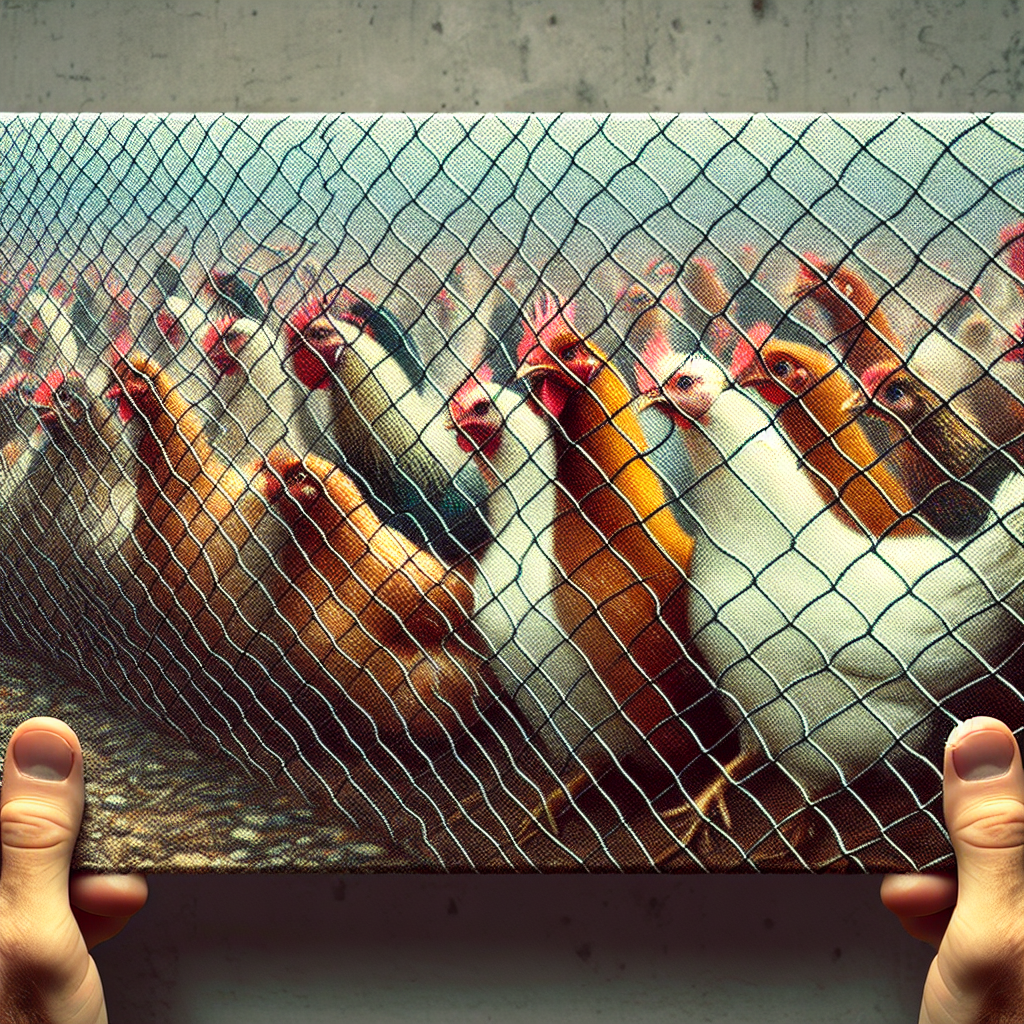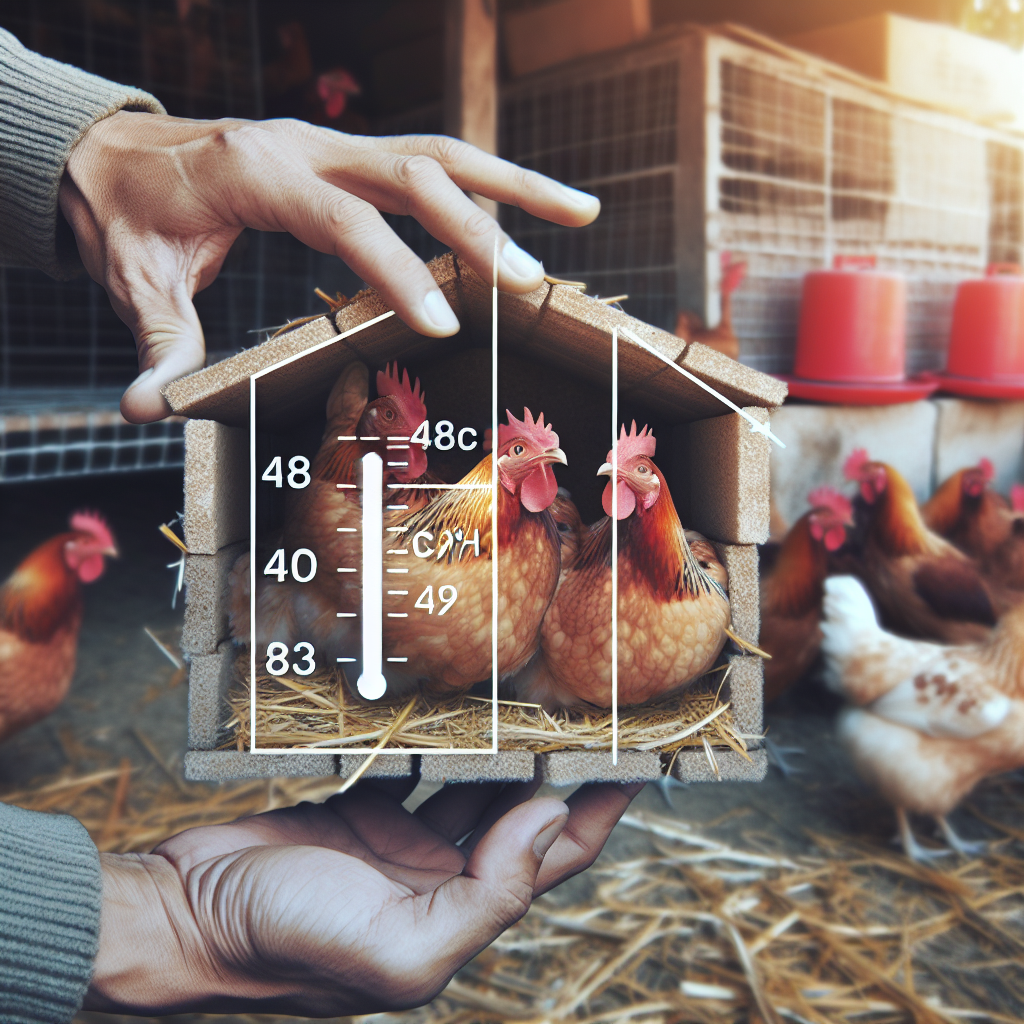So, you’ve decided to add some new feathered friends to your existing flock of chickens, but you’re not quite sure how to properly introduce them. Don’t worry, we’ve got you covered! In this article, we’ll explore some helpful tips and strategies for seamlessly integrating newcomers into your established chicken family. Whether you’re a seasoned chicken keeper or a beginner, our guide will walk you through the process step-by-step, ensuring a smooth and stress-free introduction for both you and your cherished chickens.
Preparing for Introduction
Assessing the size of the existing flock
Before introducing new chickens to your existing flock, it is important to assess the size of your current flock. Consider the number of chickens you already have and whether the addition of new members will disrupt the balance. If your existing flock is small, it may be easier to introduce new chickens. However, if you already have a large flock, you may need to take additional precautions to ensure a smooth transition.
Determining an appropriate time to introduce new chickens
Timing is crucial when introducing new chickens to an existing flock. It is best to introduce new chickens when the existing flock is in a calm and stable state. Avoid adding new members during times of stress, such as during extreme weather conditions or during the breeding season. By choosing the right time to introduce new chickens, you can minimize potential conflicts and promote a successful integration process.
Quarantining new chickens
Before introducing new chickens to your existing flock, it is essential to quarantine them first. This helps to prevent the spread of any potential diseases or parasites. Create a separate area, preferably in a different building, where you can keep the new chickens for a minimum of 30 days. During this quarantine period, observe the new chickens closely for any signs of illness. By conducting a thorough quarantine, you can protect your existing flock from potential health risks.
Preparing a separate area for new chickens
As you prepare to introduce new chickens, make sure to set up a separate area for them. This area should be well-ventilated, predator-proof, and spacious enough for the new chickens to move around comfortably. Provide appropriate bedding, nesting boxes, and access to food and water. Ensuring that the new chickens have a designated space will help to minimize stress and prevent any initial conflicts with the existing flock.
Visual Introduction
Allowing visual contact between the flocks
Before proceeding with physical introductions, it is important to allow visual contact between the new and existing flocks. This can be done by placing the new chickens’ separate area near the existing flock’s enclosure. By seeing each other without direct physical contact, the chickens can begin to familiarize themselves with one another. Keep in mind that visual introductions should be done gradually to prevent overwhelming the chickens.
Using wire mesh or fencing to separate the flocks
While allowing visual contact, it is crucial to physically separate the flocks to prevent any aggressive behavior. Use wire mesh or fencing to create a barrier between the two groups. This way, the chickens can get used to each other’s presence without the risk of pecking or fighting. Make sure the barrier is strong and secure to protect the well-being of both flocks.
Ensuring sufficient distance for equilibrium
When separating the flocks with wire mesh or fencing, it is important to ensure that there is sufficient distance between them. This helps to maintain a sense of equilibrium and prevents the new chickens from feeling overwhelmed or threatened by the existing flock. Providing enough space will also reduce the chances of aggression and promote a more peaceful introduction process.
Gradual Integration
Supervised face-to-face introductions
Once the chickens have had time to see each other from a distance, it is time for supervised face-to-face introductions. Choose a neutral territory where neither flock has established dominance. Keep a close eye on the chickens during this process and intervene if any aggression or bullying occurs. Gradually increase the duration of these introductions over a period of several days to allow the chickens to become more accustomed to each other’s presence.
Monitoring for aggression or bullying
During the gradual integration process, it is crucial to monitor the chickens closely for any signs of aggression or bullying. Watch for behaviors such as excessive pecking, chasing, or feather pulling. If you notice any aggressive behavior, separate the chickens immediately and try the introduction again at a later time. It is important to prioritize the well-being and safety of all the chickens involved.
Providing hiding spots and perches
To help reduce stress and potential conflicts during the introduction process, provide hiding spots and perches for the chickens. These hiding spots can be created using logs, boxes, or other objects that allow the chickens to seek refuge if they feel threatened. Additionally, providing multiple perches at different heights allows the chickens to establish their hierarchy more easily and can help prevent aggressive behaviors.
Increasing interaction time gradually
As the chickens become more comfortable with each other, gradually increase the duration of their interactions. Allow them to spend more time together under supervision, gradually reducing the time they spend in separate areas. This gradual increase in interaction time helps the chickens develop stronger bonds and establish their place within the flock’s hierarchy.
Equalizing the Pecking Order
Understanding the pecking order dynamics
Chickens have a natural pecking order, which determines their hierarchy within the flock. Understanding this dynamic is crucial when introducing new chickens. The pecking order is often established through pecking and aggressive behaviors, but it helps maintain order and reduce conflicts. Allow the chickens to establish their pecking order naturally, but intervene if excessive aggression or injuries occur.
Preventing excessive aggression or injuries
While establishing the pecking order is a normal part of flock dynamics, it is important to prevent excessive aggression or injuries. If one chicken is being excessively picked on or injured, separate it temporarily until the aggression subsides. By providing a safe and secure environment, you can ensure the well-being of all the chickens and prevent any long-term harm.
Feeding all chickens together to reduce aggression
Feeding time can sometimes be a source of aggression among chickens. To mitigate this, feed all the chickens together in the same area. This prevents one group from monopolizing resources and helps reduce potential conflicts. Ensure that all chickens have access to food and water without the need to compete excessively.
Creating distractions and multiple feeding stations
To further reduce aggression during feeding time, create distractions and provide multiple feeding stations. Scatter food in different areas to encourage the chickens to explore and find their own food. Providing multiple feeding stations also helps prevent overcrowding and reduces the chances of aggression. By creating an environment that promotes sharing and equal access to resources, you can minimize conflict within the flock.
Nighttime Integration
Introducing new chickens during nighttime
Nighttime integration can help minimize territorial behaviors and reduce the chances of aggressive encounters. When chickens are introduced to the flock at night, the darkness masks any markings or territorial cues that may trigger hostilities. It is important to carefully observe the flock the next morning to ensure peaceful interactions between the new and existing members.
Utilizing darkness to minimize territorial behaviors
The darkness during nighttime integration can help minimize territorial behaviors that could lead to aggression. Chickens rely heavily on visual cues, and when introduced in darkness, these cues are reduced. This allows for a smoother integration process as the chickens are less likely to exhibit aggressive behaviors linked to establishing territory.
Providing adequate roosting space for new chickens
When introducing new chickens at night, ensure that there is adequate roosting space for everyone. It is essential that all chickens have a comfortable place to perch and rest. Providing enough roosting space helps prevent overcrowding and reduces the risk of aggression during the night. Monitor the roosting arrangements to ensure that all chickens have equal access to the perches.
Monitoring and Intervention
Observing the flock dynamics closely
Throughout the integration process, it is crucial to closely observe the flock dynamics. Pay attention to any changes in behavior or signs of distress. Watching for aggression, injuries, or excessive stress can help you assess the success of the integration and intervene if necessary. By closely monitoring the flock, you can ensure the well-being and safety of all the chickens involved.
Separating aggressive or injured chickens
If you notice any chickens displaying excessive aggression or suffering from injuries, it is important to separate them from the flock promptly. Provide them with a safe and quiet space where they can heal and recover without further stress or harm. Separating aggressive or injured chickens allows them to receive the necessary care and prevents further disruption within the flock.
Providing medical assistance if necessary
During the integration process, some chickens may experience minor injuries or illnesses. It is important to provide them with the necessary medical assistance if needed. Consult with a veterinarian or experienced poultry keeper to address any issues and ensure the health and well-being of the chickens. Prompt medical assistance can prevent the spread of diseases and promote a safe and harmonious flock.
Considerations for Small Spaces
Planning for limited space
If you have limited space, it is important to plan accordingly when introducing new chickens. Assess the available area and ensure that there is enough space for all chickens to move around comfortably. Avoid overcrowding, as it can lead to increased aggression and stress. Plan the integration process carefully to minimize conflicts and create a harmonious environment for the chickens.
Creating temporary partitions or enclosures
In small spaces, creating temporary partitions or enclosures can be beneficial during the integration process. This allows you to separate the new chickens from the existing flock while still providing them with adequate space to explore and interact. Temporary partitions can help prevent physical confrontations and allow the chickens to gradually get used to each other’s presence.
Utilizing vertical space with perches or roosts
To maximize the available space in small areas, utilize vertical space by adding perches or roosts. Chickens naturally prefer higher perches as it gives them a sense of security. By providing vertical spaces, you can reduce crowding on the ground and promote a more peaceful integration. Be sure to have enough perches or roosts to accommodate all the chickens comfortably.
Assessing Compatibility
Considering breed and size differences
When introducing new chickens, it is important to consider the breed and size differences between the existing flock and the newcomers. Some breeds may have more aggressive tendencies, while others may be more docile. Additionally, size differences can impact the hierarchy and potential bullying within the flock. Assess the temperament and physical characteristics of both the existing flock and the new chickens to ensure compatibility.
Understanding different temperaments
Chickens have unique personalities and temperaments. Some individuals may be more assertive, while others are more submissive. Understanding these temperaments can help you predict potential conflicts and take appropriate measures to ensure a smooth integration. By considering the temperaments of both the existing flock and the new chickens, you can minimize aggression and promote harmony within the flock.
Avoiding bullying or inadequate enclosures
It is important to avoid situations that may lead to bullying or inadequate enclosures during the integration process. Be mindful of the number of chickens being introduced and the existing flock’s capacity to accommodate them. Overcrowding can lead to heightened aggression, stress, and bullying. Ensure that all chickens have adequate space, access to resources, and a safe environment to prevent any negative behaviors.
Introducing Chicks
Taking extra precautions with young chicks
Introducing young chicks to an existing flock requires extra precautions. Chicks are more vulnerable and susceptible to injuries, and the existing flock may not readily accept them. It is recommended to wait until the chicks are fully feathered and closer in size to the existing flock before introducing them. This reduces the risk of injury and increases the chances of successful integration.
Ensuring brooder conditions are safe
Before introducing chicks to the existing flock, ensure that their brooder conditions are safe and suitable for their age. Provide a warm, clean, and predator-proof environment with ample food and water. This allows the chicks to grow and develop in a healthy manner, preparing them for integration with the existing flock.
Gradual introductions to older flock members
When introducing chicks to older flock members, take a gradual approach. Start by placing the chicks in a separate area where they can see and hear the existing flock. Over time, allow supervised and controlled interactions between the chicks and the older chickens. This gradual introduction helps the older chickens become accustomed to the presence and scent of the chicks, increasing the likelihood of a successful integration.
Final Integration
Monitoring for established social order
Once the integration process is nearing completion, it is important to monitor the flock for the establishment of a social order. The chickens will have established their pecking order by this point, and conflicts should have significantly reduced. Observe the flock’s behavior and ensure that all chickens are interacting peacefully and have access to resources without the need for intervention.
Removing any remaining barriers
At this stage, if there are any remaining barriers separating the new chickens from the existing flock, it is safe to remove them. The chickens should have established a sense of familiarity and comfort with each other. Removing the barriers allows them to fully integrate and move freely within the shared space. However, continue to monitor the flock to ensure that the integration remains harmonious.
Ensuring all chickens have access to resources
Throughout the final integration process, it is crucial to ensure that all chickens have equal access to resources. This includes food, water, shelter, and nesting areas. Be mindful of the number of resources available and make adjustments if necessary. Ensuring that every chicken has adequate access to resources promotes a balanced and harmonious flock.




